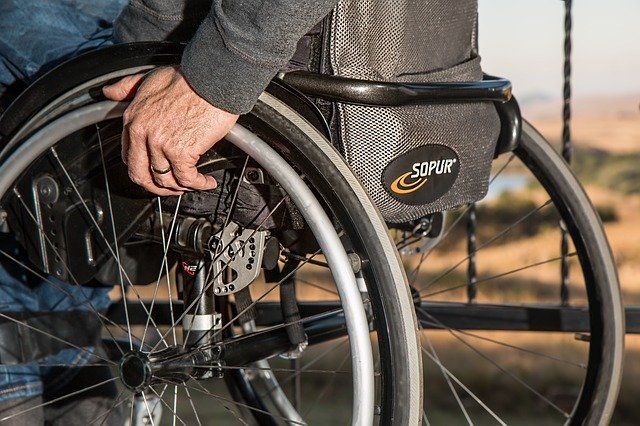
In recent decades, the use of prescription medications has increased dramatically in the U.S. due to factors such as improvements in the ability to detect disease, expanding treatment options, and an aging population.
For many older Americans (over age 65), these medications provide an effective means of managing the disease and improving both qualities of life and longevity.
But many commonly prescribed drugs, such as opioid pain killers, antidepressants, antacids, and sleep aids, are known to carry an increased risk of breaking a bone (by increasing falls, weakening bones, or both).
This is especially true for patients whose fracture risk is already high due to conditions like osteoporosis.
In a recent study from The Geisel School of Medicine at Dartmouth, researchers found a strong link between the number of fracture-associated drugs and a high risk of sustaining a broken hip.
The most dangerous drug combinations are opioids and sedatives, opioids and diuretics, and opioids and PPIs.
The study is published in JAMA Network Open. The lead author is Rebecca Emeny, Ph.D., MPH, a research scientist.
In the study, the team wanted to see how that increased exposure would impact their risk for hip fractures, which are among the most painful, debilitating, deadly, and costly fractures one can experience.
They looked at the prescription records of 2.5 million Medicare beneficiaries (from 2004-2014)—determining how many and which of 21 FADs were being taken—and found that these drugs were commonly used and commonly combined among older U.S. residents.
The team was not surprised to find that the more fracture-associated medicines people took, the higher their fracture risk, but the size of the additional risk was more than they expected.
On average, taking any one of these drugs doubled a person’s risk, taking any two almost tripled it, and taking three or more increased fracture risk four-fold.
The most commonly taken FADs were opioids, used by 55% of the people, followed by diuretics at 40%, and proton pump inhibitors (PPIs), used to treat acid reflux, at 35%.
The team also found the most hazardous combinations were found to be opioids and sedatives, opioids and diuretics, and opioids and PPIs. Notably, many risky pairs of FADs included potentially avoidable drugs.
The team says that if any of their medications are optional, maybe they can be eliminated with no negative consequences.
In any case, the findings suggest caution when combining FADs, especially when use is discretionary, alternatives exist, or the patient’s fracture risk is high.
Copyright © 2019 Knowridge Science Report. All rights reserved.



